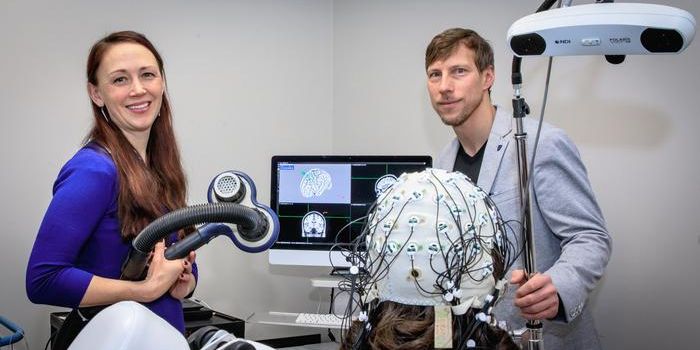The Facts About Fentanyl & Its Impact on the Brain
You've probably heard of fentanyl, an extremely powerful, synthetic opioid that is used as a sedative, and sometimes, as a pain reliever for patients who have become tolerant to other opioids, have severe kidney failure, or sometimes, as a treatment for epilepsy. But fentanyl is becoming increasingly common in the illicit drug market as well. A 2019 study found that out of over 1,000 people entering drug treatment, 39 percent tested positive for fentanyl. Because the drug is so powerful, it has contributed to a rise in overdose deaths.
There is also disinformation about fentanyl. A 2021 study revealed that there is widespread, and unfounded, concern about fentanyl exposure among civil servants who are police officers, EMTs, or other first responders. Their risk of fentanyl exposure or overdose, in reality, is extremely low. The study noted that many officers thought, wrongly, that if their skin came into contact with fentanyl powder, it could be deadly; the report added that there is a pressing need to educate civil servants about the reality of fentanyl risk - it is very low, and cannot cause death if the powder is simply touched.
Fentanyl can be administered intravenously (IV) or intramuscularly (IM) as shots. It has also be used to create eye drops, lozenges that are similar to a tablets, and transdermal patches, which are the only way to transmit fentanyl through the skin. Fentanyl is also sold illegally as a powder or liquid that can be inhaled or ingested, and fentanyl is sometimes mixed with other illegal drugs like heroin, cocaine, or methamphetamine.
A new study reported in PNAS Nexus has investigated how fentanyl affects the brain when it is administered as a general analgesic for surgeries that lasted for over two hours. During that time, the electrical activity in the patients' brains was monitored by electroencephalogram (EEG).
This study revealed that fentanyl starts to disrupt breathing around four minutes prior to any change in alertness. This also happens at drug concentrations that are 1,700 times lower than other sedatives. "This explains why fentanyl is so deadly: it stops people's breathing before they even realize it," said senior study author Patrick L. Purdon, Ph.D., the Nathaniel M. Sims Endowed Chair in Anesthesia Innovation and Bioengineering at Massachusetts General Hospital.
An analysis showed that the EEG patterns that were recorded in the sedated patients are associated with sedation, respiration, and a loss of consciousness. Fentanyl also created a signature EEG pattern that is different from other anesthetics, noted Purdon, who suggested that it may be possible to use that pattern to safely administer fentanyl to patients who are sedated.
This study has shown, however, why fentanyl can only be used safely in the clinic, and it is so unsafe for recreational drug users; breathing is impacted before they even feel like effects in their mind.
Sources: Massachusetts General Hospital, PNAS Nexus









